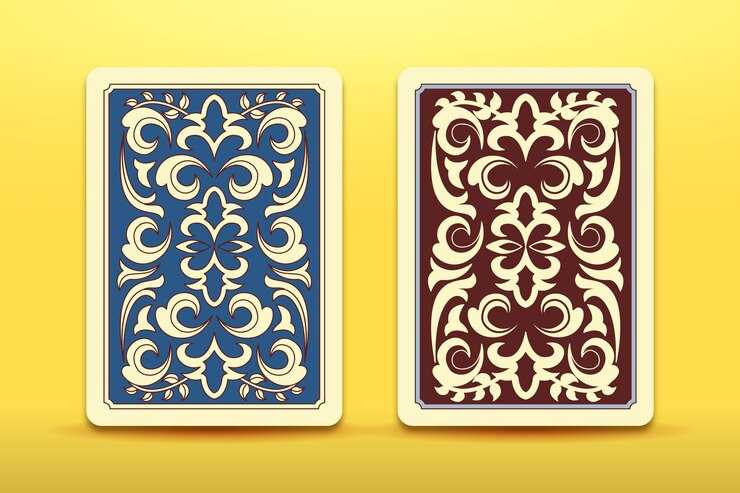Have you ever found yourself in a gathering with friends or family, looking for a fun and engaging card game to pass the time? If so, you might want to try Sevens! This delightful card game combines strategy, teamwork, and a dash of luck, making it perfect for players of all ages. In this guide, we’ll walk you through everything you need to know about playing Sevens card game—from the rules and setup to tips for winning and variations of the game. Let’s dive in!
Overview of Sevens Card Game
Sevens is a classic card game that has been enjoyed by families and friends for generations. It is typically played with a standard deck of 52 cards and is suitable for 3 to 7 players, making it a versatile choice for various group sizes. The game is known for its simplicity and excitement, as players race to play their cards strategically while adhering to the game’s unique rules.
Why Play Sevens?
- Social Interaction: Sevens encourages players to communicate and strategize together, making it a great icebreaker.
- Easy to Learn: The rules are straightforward, making it accessible for players of all ages.
- Quick Gameplay: A typical game lasts around 30 minutes, perfect for casual gatherings.
Game Components
To play Sevens, you’ll need the following components:
- A Standard Deck of Cards: Use a regular 52-card deck. If you’re playing with a large group, you might need to combine two decks.
- Table Space: Ensure you have enough room for all players to comfortably lay down their cards.
- Scorekeeping Materials: While optional, a notepad and pen can help keep track of scores in longer sessions.
Card Values and Suits
In Sevens, each card has a specific value and belongs to one of four suits: hearts, diamonds, clubs, and spades. The objective of the game is to play cards in a sequence starting from the seven of each suit.
How to Set Up the Game?
Setting up a game of Sevens is quick and easy:
- Shuffle the Deck: Thoroughly shuffle the deck of cards to ensure a random distribution.
- Deal the Cards: Each player receives a set number of cards—typically seven. The remaining cards form a draw pile.
- Determine Starting Player: Players can decide who goes first based on any agreed-upon method, such as the player with the lowest card or a simple random choice.
- Lay Down the Starting Cards: Place the seven of each suit face-up in the center of the table. This is where players will build their sequences.

Basic Rules of Sevens Card Game
Now that you’re set up, let’s dive into the basic rules of playing Sevens:
Objective of the Game
The goal is to be the first player to get rid of all your cards by playing them in the correct sequence.
Turn Order
- Players take turns in a clockwise direction.
- On your turn, you can play one card or draw from the pile if you cannot play.
Playing Cards
- You can only play cards that are one rank higher or one rank lower than the cards already played in the center.
- For example, if the seven of hearts is on the table, you can play the six or eight of hearts.
- If you have a seven, you must place it on the table first, as it’s the starting point for building the sequences.
Drawing Cards
- If you cannot play any cards from your hand, you must draw one card from the pile.
- If the drawn card is playable, you can immediately play it. If not, your turn ends.
Ending the Game
The game continues until one player has played all their cards. That player is declared the winner! In some variations, players can keep score over multiple rounds to determine an overall champion.
Strategies to Win at Sevens Card Game
Winning at Sevens requires not just luck but also strategy. Here are some tips to improve your game:
Manage Your Hand
- Keep a balanced mix of cards: Try to maintain a variety of ranks and suits in your hand. This gives you more options for plays.
- Save high cards for later: Holding onto higher-ranking cards can be advantageous as the game progresses.
Pay Attention to Opponents
- Observe which cards your opponents are playing: This can give you insight into their strategies and what cards they might be holding.
- Block opponents when possible: If you notice someone is close to winning, try to play cards that will disrupt their sequences.
Use Teamwork
- If you’re playing with teams, communicate with your teammates about your strategies and what cards you need.
- Work together to block opponents and clear your team’s cards first.
Variations of Sevens Card Game
One of the best aspects of Sevens is its adaptability. Here are some popular variations that can add a twist to the game:
Wild Cards
- In some variations, players can designate certain cards as wild cards, allowing them to represent any card in the sequences.
- This can introduce more strategy and unpredictability into the game.
Scoring Systems
- Instead of simply declaring the first player to get rid of all their cards as the winner, you can keep score over several rounds.
- Assign point values to cards left in players’ hands at the end of each round, with lower scores being better.
Alternative Gameplay Styles
- Some groups prefer to play a more relaxed version, allowing players to pass cards to teammates instead of playing them directly.
- Explore different rules to find what works best for your group’s dynamics.
Conclusion
Now that you know how to play Sevens card game, it’s time to gather your friends or family for an exciting game night! Remember, the key to mastering Sevens lies in understanding the rules and practicing your strategies. Whether you’re playing a casual game or diving into competitive play, Sevens offers endless fun and engagement.
So shuffle up those cards, lay down your sevens, and let the games begin! If you have any favorite moments or strategies from your own games, feel free to share them in the comments below. Happy playing!

